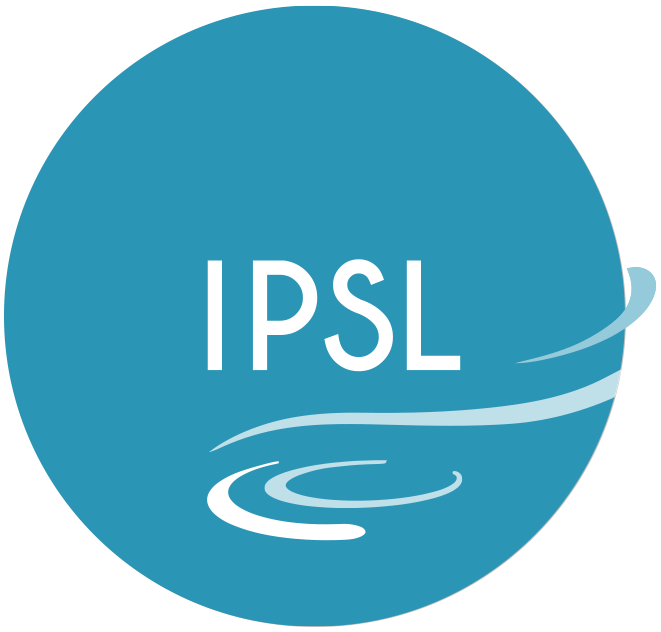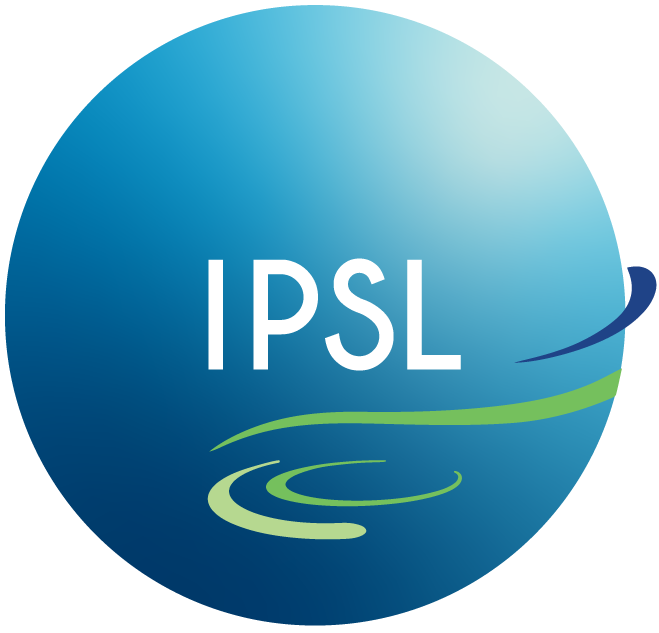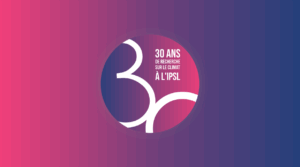Séminaire
Oxygen ion irradiation of Titan aerosol analogs
Véronique Vuitton
Séminaire du LATMOS.
Description
The Cassini-Huygens mission detected macromolecules, attributed to polycyclic aromatic (nitrogen bearing) hydrocarbons (PANHs) in Titan’s upper atmosphere and energetic water ions, originating from Enceladus’ geysers, in the vicinity of Titan. When entering Titan’s atmosphere, a fraction of the water ions must collide with the macromolecules but the impact on the atmospheric chemistry is unclear.
In this work, we have irradiated laboratory analogs of Titan’s aerosols with energetic water ions, at ion accelerators located in France and Hungary. During the irradiation, we monitored the infrared absorption spectra of the samples and we measured the material sputtered into the gas phase with a mass spectrometer. We subsequently obtained the elemental, isotopic and molecular content of the samples at the end of the irradiation with mass spectrometers.
We show that the irradiation of the samples leads to their destruction, through both formation of new macromolecules in the solid phase and sputtering of light species into the gas phase. Thousands of molecules with m/z up to 500 are detected in the solid phase and are attributed to PANHs. Moreover, a fraction of the incoming oxygen implants in this complex mixture. At the same time, N2, small nitriles and hydrocarbons, are sputtered into the gas phase, throughout the irradiation. These experimental results suggest that ion deposition in Titan’s atmosphere may play a role in the rapid molecular growth occurring at high altitudes as well as in the formation of some gas phase trace species.
Véronique Vuitton, IPAG.
Informations supplémentaires
Location
LATMOS
Guyancourt
Room 2202
Online
https://cnrs.zoom.us/j/97562357072?pwd=hoxS0DBjm869mVVQBamGbNQVy6ymk4.1
ID de réunion: 975 6235 7072
Code secret: ii7tGd





